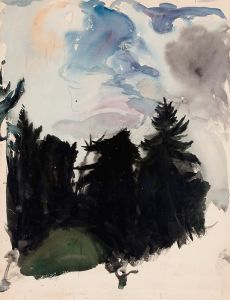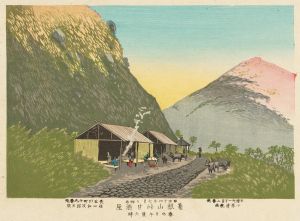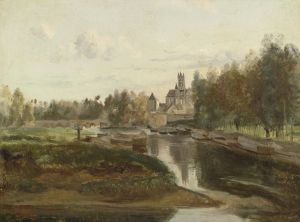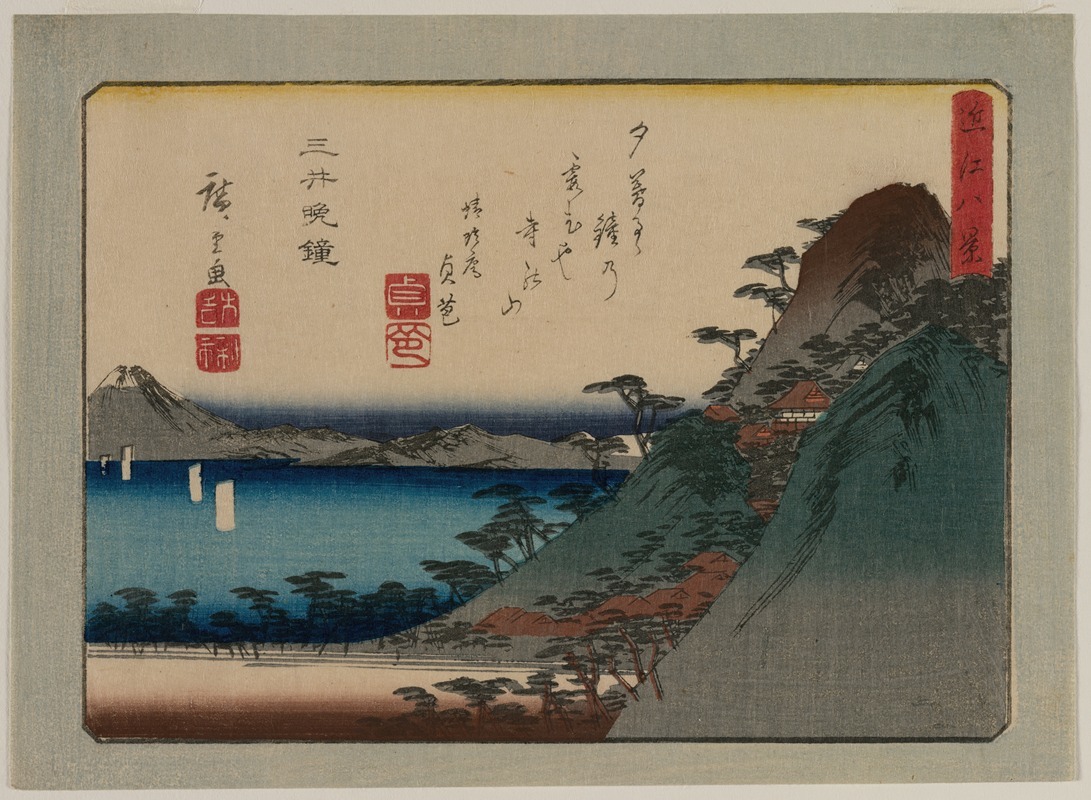
Evening Bell at Mii Temple, from the series Eight Views of Omi Province
A hand-painted replica of Andō Hiroshige’s masterpiece Evening Bell at Mii Temple, from the series Eight Views of Omi Province, meticulously crafted by professional artists to capture the true essence of the original. Each piece is created with museum-quality canvas and rare mineral pigments, carefully painted by experienced artists with delicate brushstrokes and rich, layered colors to perfectly recreate the texture of the original artwork. Unlike machine-printed reproductions, this hand-painted version brings the painting to life, infused with the artist’s emotions and skill in every stroke. Whether for personal collection or home decoration, it instantly elevates the artistic atmosphere of any space.
"Evening Bell at Mii Temple" is a woodblock print by the renowned Japanese ukiyo-e artist Andō Hiroshige (1797–1858). It is part of his celebrated series titled Eight Views of Ōmi Province (Ōmi Hakkei), which was created around 1834. This series is one of Hiroshige's many works that depict famous landscapes in Japan, showcasing his mastery in capturing the beauty of nature and the atmosphere of specific locations.
The print depicts Mii-dera, a historic Buddhist temple located in Ōtsu, near Lake Biwa in Ōmi Province (modern-day Shiga Prefecture). Mii-dera, also known as Onjō-ji, is one of the most significant temples in Japan and has a long history dating back to the 7th century. The temple is particularly famous for its bell, which is one of the "Three Famous Bells" of Japan. The sound of the bell is said to evoke a sense of tranquility and is often associated with the fleeting nature of life, a theme commonly explored in Japanese art and literature.
In this print, Hiroshige captures the serene atmosphere of the temple at dusk. The composition features the temple buildings nestled among trees, with the bell tower prominently displayed. The surrounding landscape includes rolling hills and a view of Lake Biwa in the distance. Hiroshige's use of soft colors and gradations in the sky conveys the quiet and reflective mood of evening. The print exemplifies his ability to blend natural and architectural elements harmoniously, creating a sense of balance and calm.
The Eight Views of Ōmi Province series was inspired by the traditional Chinese theme of the "Eight Views of Xiaoxiang," which depicted eight poetic scenes from the Xiaoxiang region in China. This theme was adapted by Japanese artists to depict famous locations in Japan, and Hiroshige's series is one of the most well-known examples of this adaptation. Each print in the series is associated with a specific time of day or weather condition, enhancing the emotional resonance of the scenes.
Hiroshige's work, including this print, had a significant influence on Western art, particularly during the Japonisme movement in the 19th century. His innovative compositions and use of perspective inspired many European artists, including Vincent van Gogh and Claude Monet.
"Evening Bell at Mii Temple" remains a celebrated example of Hiroshige's artistry and his ability to evoke a deep connection between nature, culture, and human emotion.





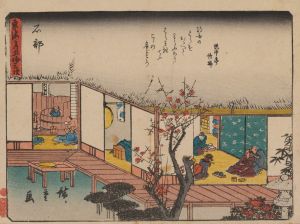

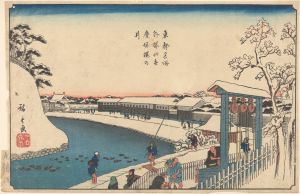
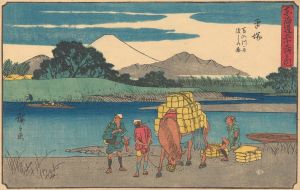

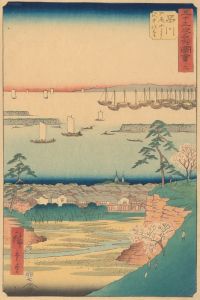
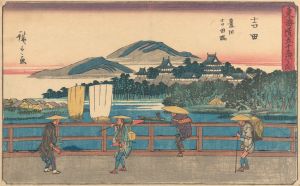
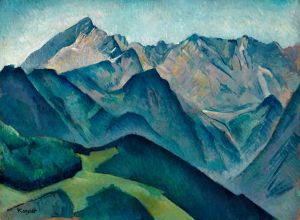
![Lateral view of the temple called the Typhonæum, at Dendera [Dandara].](/imgs/217507/s/david-roberts-lateral-view-of-the-temple-called-the-typhonaeum-at-dendera-dandara-b378b9d7.jpg)
![Temple of Wady Kardassy [Qirtâsî] in Nubia.](/imgs/217550/s/david-roberts-temple-of-wady-kardassy-qirtasi-in-nubia-d2cce283.jpg)
![Temple of Wady Saboua [Wadi al-Sabua], Nubia.](/imgs/217551/s/david-roberts-temple-of-wady-saboua-wadi-alsabua-nubia-52e62db.jpg)
